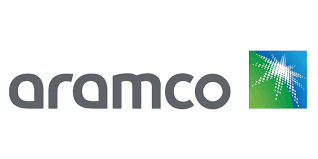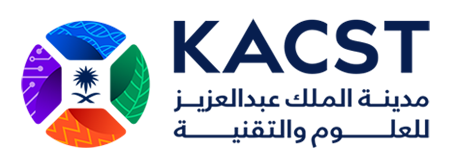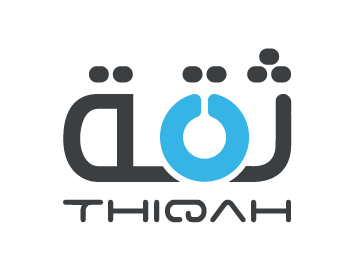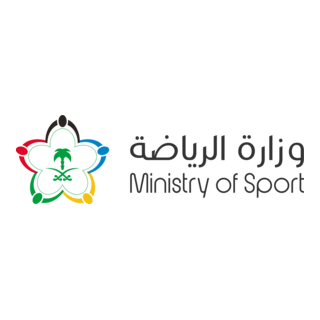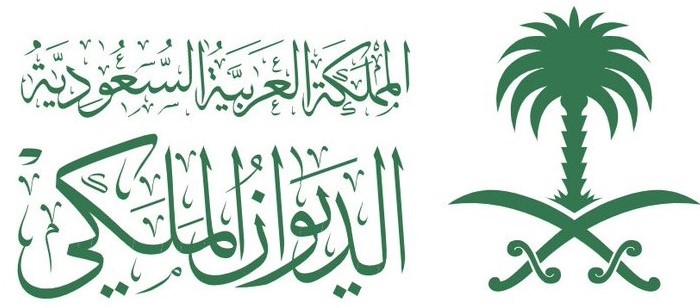Introduction:
The safe operation of process equipment and piping systems, with a focus on their design, is centered on effective engineering practices. Competent operation and maintenance of the equipment and piping systems within acceptable parameters, known as the Integrity Operating Window (IOW), are key to maintaining their mechanical integrity.
This course addresses process equipment and piping system design and operation, combining essential concepts, practices, methods, and practical tools. The goal is to enhance the competencies of design, operation, and maintenance professionals, thereby benefiting organizations and improving plant safety and reliability.
Objectives:
At the end of this Process Equipment and Piping Systems: Design, Application, and Operation course, participants will be able to:
- Raise appreciation and knowledge on the mechanical integrity of process equipment and piping systems, emphasizing the importance of design, operation, condition evaluation, and repair.
- Design pressure equipment in accordance with industrial codes, standards, and best practices, using practical methods and tools.
- Understand conductivity and corrosion issues in process equipment, recognize their impacts, and apply strategies to control and prevent them.
- Acquire damage and failure analysis skills to prevent recurrences of failures.
- Enhance knowledge and skills in hazard identification, risk analysis, and risk management.
Training Methodology:
- Interactive lectures
- Case study analysis
- Group interactions
- Activity-based training
- Role-playing
- Technical exercises
- Assessment inspections
- Expert discussion
- Seminars
Course Outline:
Unit 1: Basic Principles and Practices in the Design of Equipment
- Classification of process systems in industry
- Integration of engineering, operation, and maintenance
- Management of change
- Fitness for purpose
- Design safety
- Understanding laws, regulations, and standards (HS&E issues)
Unit 2: The Design and Operation of Pressure Equipment
- Pressure vessels and reactors
- ASME code for boilers and pressure vessels
- Storage tanks: cone roof and floating roof tanks
- Pipelines: ASME B31.1 and B31.3
- Overpressure protection: API 520, 521, and 576
Unit 3: The Design and Operation of Thermal Equipment
- Process heaters: API 560 and API 530
- Boilers: ASME BPVC Sections 1 and 4, ASME PTC-4
- Heat exchangers: API 660 and 661, TEMA standards
Unit 4: Design and Operation of Fluid Handling Equipment
- Pumps: centrifugal and positive displacement pumps (API 610)
- Compressors: centrifugal, screw, and reciprocating
- Condition monitoring: vibration monitoring, lubricant oil analysis
- Troubleshooting and reliability improvement
Unit 5: Degradation and Life Cycle Assessment of Process Equipment
- Corrosion, wear, fatigue, hydrogen attack (API 571)
- Inspection and testing: NDT techniques, API 580 and 581
- Risk-based inspection and maintenance strategies
Unit 6: Mechanics of Failure
- Failure mechanisms: wear, corrosion, fatigue, stress corrosion
- Material properties: carbon steels, alloy steels, nickel, titanium, plastics
- Damage mechanisms and failure-proof design steps
Unit 7: Failure-Proof Design Strategies
- Understanding causes of failure: design, operation, maintenance
- Selection of materials and their properties
- Pressurized tanks, piping networks, liquid containment vessels
Unit 8: Failures of Process Equipment
- Common failures in pressure vessels, piping, and boilers
- Mechanical resonance, transient hydraulic pulsations, and pipe supports
Unit 9: Inspection, Assessment, and Maintenance
- Inspection strategies: API 580 and RBI strategy development
- Fitness assessment: API 579
- NDT methods and pipeline pigging
- Pressure equipment and piping repair


